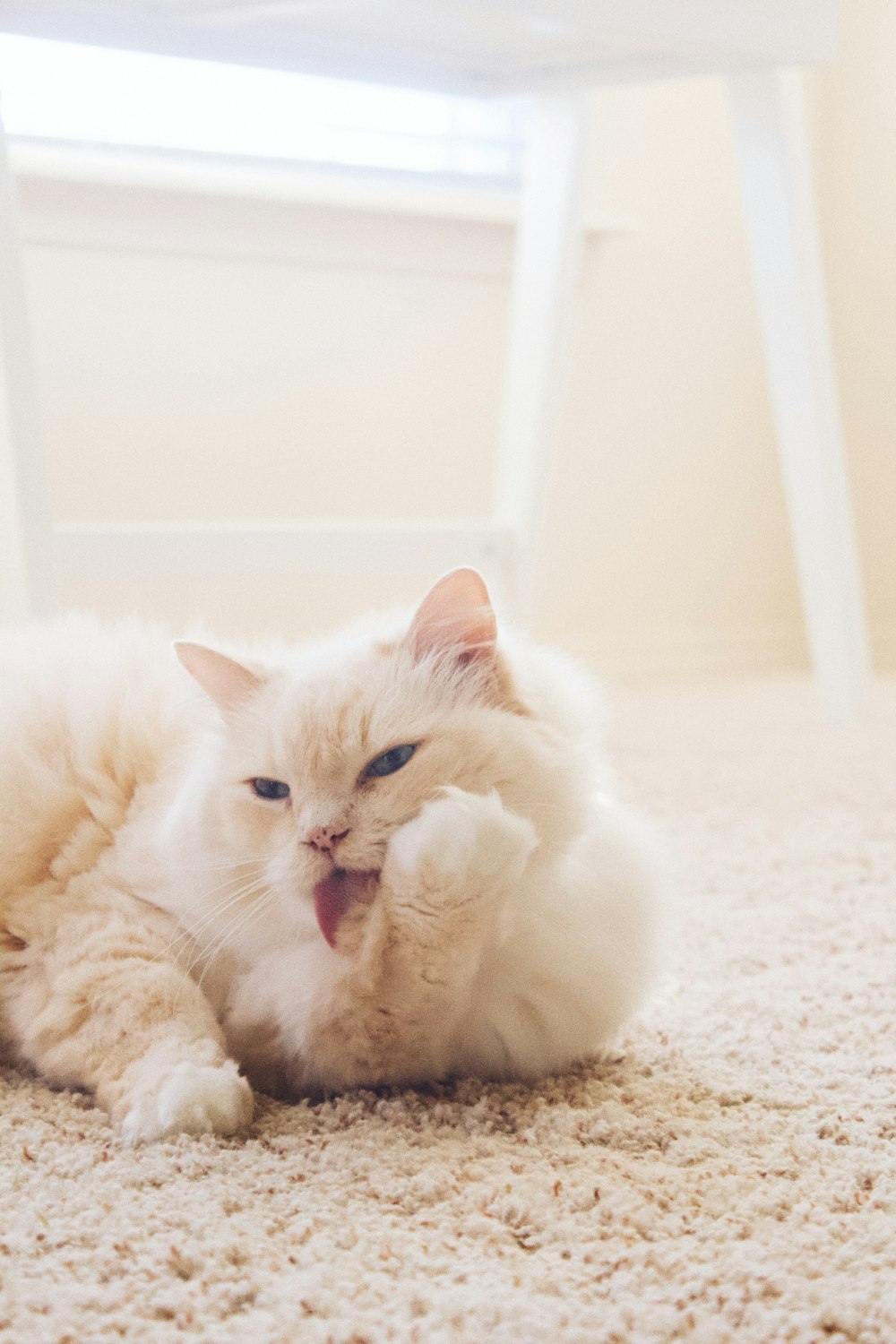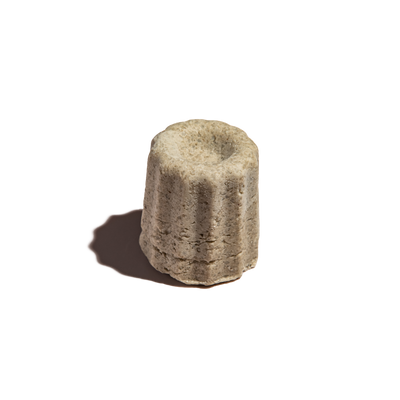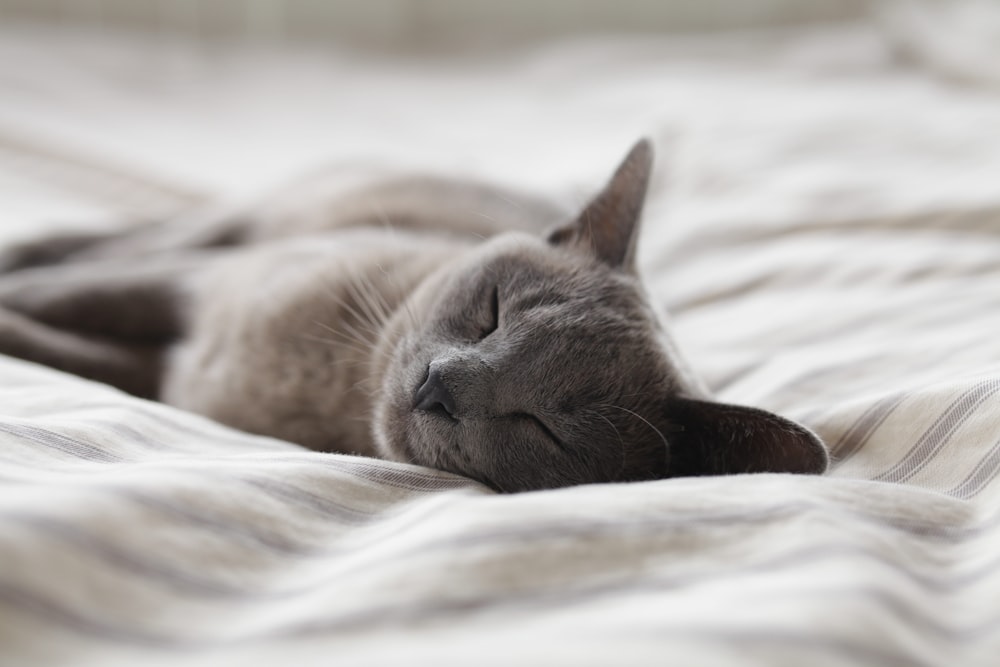Fur-care tips for your pets! 5 min read
Bailey has been itching for days and maybe even starting to exude a certain scent. While stroking her, you are also noticing some red spots on her skin and alas - is that a bald patch?!
If that scenario is familiar to you, you're not alone. Our beloved pets often experience the woes of skin infections and worst of all, alopecia in some cases. And the reason? Apart from genetic and health issues, it can also be caused by the difference in the pH as well as the genetically thinner epidermis of their skin. If you are a concerned paw-rent (sorry couldn't help the cheesy puns) or just a curious reader, read on to understand how to best care for your beloved fur-kids!
THE DIFFERENCE BETWEEN HOOMANS AND PETS

Some cynics will say pets are better than humans, but we are not here to discuss the philosophical evils of humankind. We want to highlight a more important topic - the skincare needs of pets!
As usual, we cannot broach this topic without considering the pH difference between humans and pets.
What is pH?
We previously wrote a post explaining this in greater detail. Check it out here

Photo credit: Pinterest
Overall, the best pH level for human hair is about 5. At this level, the hair is slightly acidic. To avoid disruption to your hair's natural balance, the optimum PH level for your hair cleansing products is between 5-7 with water being neutral at 7. Now back to pets.
The pH range of a dog is from 6.5 to 9.1, and varies amongst different breeds. According to a study done by a group of veterinary scientists, the mean pH of canines across breeds is at 7.48, which makes the skin pH of most canines alkaline. Access the full report here
"The relative alkalinity of canine skin may be partly responsible for a higher predisposition to cutaneous infections in the dog compared to other species, such as cats or humans." - Jennifer L Moutasek
Dogs have an alkaline skin, which makes them more prone to skin infections given the lack of the acidic protection that we humans have. Therefore, the use of a shampoo with a lower pH can help in acidifying the skin of dogs with bacterial, fungal and yeast infections, thereby promoting the healing of those conditions.
What about cats?
Photo @ultrabrad
The average pH levels of felines is assessed to be between 6.2-7.2, making them less susceptible to infections but nonetheless, more vulnerable than humans in guarding against skin infections. Do you now understand why you hear of dogs suffering from skin allergies a lot more than cats?
COAT AND SKIN APPEARANCE IN THE HEALTHY PET
photo @charlesdeluvio
Before we go into the best treatments for your pet, it is useful to understand if precious ____________ (insert your furkid's name) is on the right track. The general condition of your pet's skin and coat are good indicators of his or her health.
Healthy coat: Shiny and smooth VS brittle or coarse
Healthy skin: Supple and clear VS greasy, flaky, or bumpy
Although health and nutrition are the main factors influencing the shine and texture of your pet’s coat from the inside, regular grooming and great skin care on the outside will also help keep its coat clean and free of tangles, no matter what type of hair coat he or she has.
HOW DO I CHOOSE THE RIGHT PRODUCT FOR MY PET?
From what we have shared, it seems like the best thing to do is simply to douse your furkid in acidic shampoos and all will be well right? Wrong! Just like with us hoomans, using an overly acidic product that is far from our natural pH range can be highly irritating to our skin. Using the same logic, a shampoo for dogs should not be lower than pH6.5, and cats pH6.
We maintain that it is beneficial to use a slightly acidic shampoo of around pH 6.5, with moisturising ingredients such as aloe vera, oatmeal and plant-based oils and butters to repair their sensitive skin. Like our pet shampoo! Check it out here
Now let's examine the commonly used products by pet owners:
Brand J Top-to-toe Baby Wash: pH 5.5
Shampoos/Bodywash containing Sodium Lauryl Sulfate (SLS): Mostly above pH7
Bar Soap: Above pH8
Apart from pH, the harshness of a shampoo has a lot to do with the type of cleansing surfactants that are used in the shampoo formulation. SLS, SLES, alcohols and artificial fragrances will all have the same negative impacts as they do on humans.
As a rule of thumb, if you will not use the shampoo on yourself, do not use it on your fur kid.
FRAGRANCE IN PET SHAMPOOS
We get the appeal of using the shampoo with the strong-smelling white musk/tropical spa/bubblegum fragrance to control the odour of ____________ (insert name), but remember that pets have an acute sense of smell that is much sharper than ours. Remember the last time you walked past someone who smelled like they just doused themselves with an entire bottle of perfume? That is your pet, smelling themselves after being showered in a Mango Tango pet shampoo. It is recommended to skip fragrances altogether, but if you must, get an unfragranced shampoo and mix in a few drops of organic essential oils! Not only will they help to calm your fur-baby down, they also possess healing and anti-flea properties. Remember to keep to a maximum of 0.25% concentration. That translates to a maximum of 5 drops per 100ml.
photo @allexx54
Some pet-friendly essential oils to consider:
Chamomile: Eases mental and emotional distress
Frankincense: Antibacterial properties
Myrrh: Promotes alertness
Ginger: Enhances digestion
Eucalyptus: Enhances breathing
Citronella: Anti-flea/mosquitoes
The use of essential oils on both humans and pets can be controversial. As a rule of thumb, never use them on cats and only use them in rinse-off products for dogs. Our stand is that they can bring forth a myriad of beneficial purposes as long as they are safely diluted in formulations. We never advocate for the use of EOs directly on the skin, or for the matter, consuming!
BENEFITS OF REGULAR GROOMING
All pets benefit from regular brushing to stimulate healthy fur growth, remove hair shedding and dead skin cells. It also helps to distribute natural skin oils along the hair shafts, resulting in a shinier and smooth coat.
Pets with long, silky or curly coats require daily brushing to keep their hair from becoming tangled or matted, especially around the ears, in the armpits, or along the back of the legs. Those with short hair coats may require less frequent brushing, but they do still deserve that bit of TLC every few days!
In general, regular brushing of any pet that sheds will cut down dramatically on the amount of loose fur floating around the home. In particular for cat owners, this will also reduce the amount of hair that your kitty swallows in the course of self-grooming with its tongue. Hairballs aren't the most comfortable to cough out!

A STORY ABOUT ALOPECIA
If you have a pet who is suffering from alopecia (hair loss) and are at your wits end on what to do, read our story with Cleopatra, our pomeranian who battled with this condition for 4 years. It has a happy outcome we promise! She is also the reason for our creation of the OASIS: pet shampoo and we hope that it can help improve the general wellbeing of pets everywhere! And yes, she is a zero-waste doggo! (She practices this with every meal where there is definitely no food waste there)
Read the post here
Wish to learn more about our Eucalyptus and Oatmeal pet shampoo? Click here!












Leave a comment